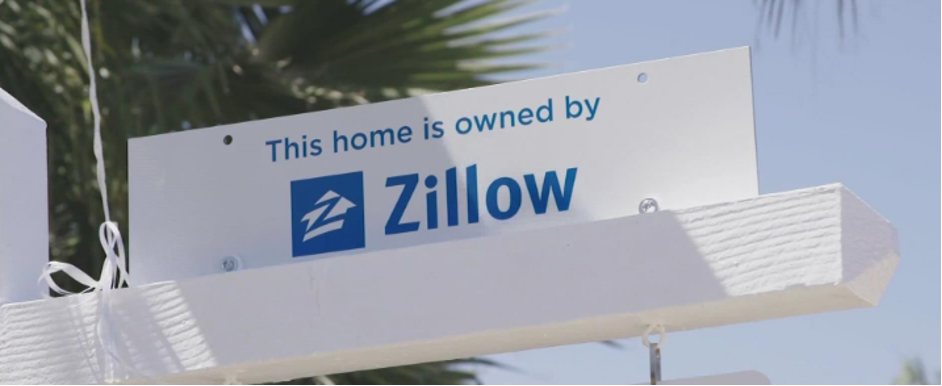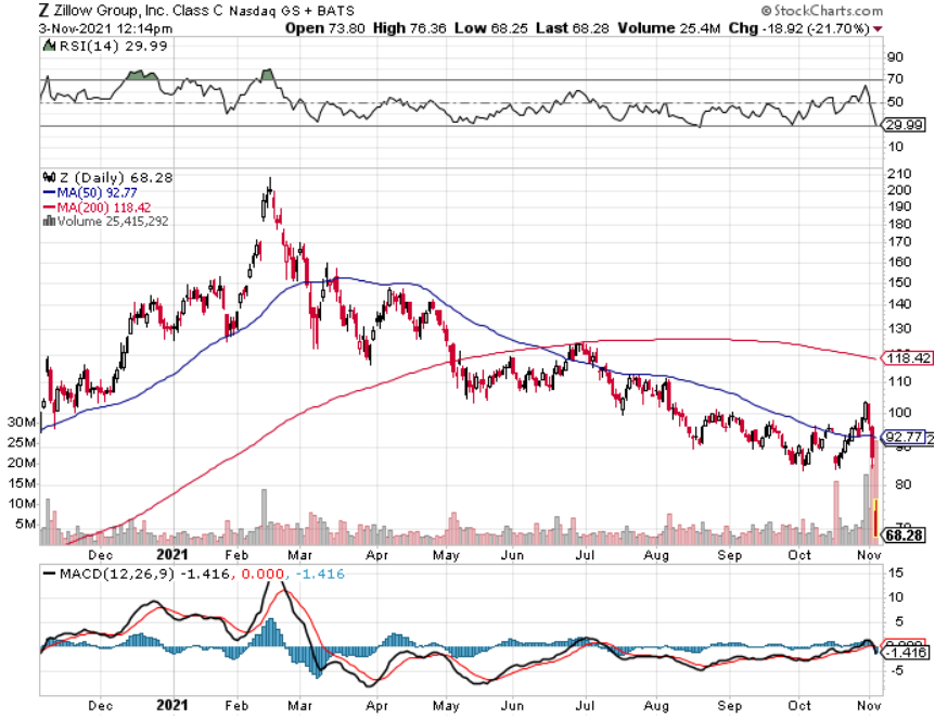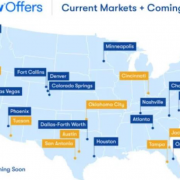Zillow iBuying division, Zillow Offers, registered a meager average gross loss per home sold of $80,771.
This division did so bad that they are closing it down translating into a culling of 25% of the workforce.
Zillow's co-founder and CEO Rich Barton is to blame for this disastrous attempt at going from a digital ad company on a real estate platform to a full-blown house flipping company.
This idea probably looked good on paper at first (though I'm not sure how) but executing it was hell.
It seemed that nobody even considered the carrying costs, such as HOA fees, local property taxes, utilities, home insurance, appraisal costs that added up to most of the gross loss per house.
And the fact that competition to buy housing lately has resulted in buyers offering well above the listed price should have sent a warning signal to stay out of this.
It is hard to understand how they would ever make a profit while employing 2,000 full-time iBuying employees to carry this out.
Even if profit could be possible, it would be minimal at best.
Zillow partially blamed the algorithms for the lack of success, but I would lean towards saying this was a hopeless endeavor from the start.
The failure has led to a total write-down of more than $540 million and the company said it was halting new purchases of homes, so at least they got that right.
In the earnings report, Zillow Offers purchased homes during the last quarter for prices higher than it believes it can sell them.
It also could be a sign for a short-term post-pandemic market top in housing.
Flipping houses doesn’t work when buying at the market peak and Zillow, who possesses the most real estate data out of anyone, should have known that.
Yes, housing prices are unpredictable, but this is not a type of business that can scale.
Flipping houses also has to do with finding anomalies, bargains, or renovating fixer-uppers which are hard to do now because supply chain disruptions and the labor shortage are causing a backlog in home repairment services.
Instead of going so far off the path from their core business, they should have just bought Bitcoin in 2018 or even big tech and sat on the couch and watched it appreciate.
We all try to minimize our cost of doing business and Zillow chose to shoulder outsized risk in an unscalable business.
Zillow Offers tried to offer homeowners a fair market cash offer; or at least that was the plan.
The idea was to grow that service and offer it to a wider audience. But because of the price forecasting volatility, the company had to reconsider and management probably realized they needed a lot more capital which would create massive problems in the quarter-to-quarter balance sheet.
Remember selling ads is a remarkably predictable revenue stream for these platforms.
Much of their revenue are annuity-like.
The competition in the market amid other iBuyers meant that most proposals Zillow Offers made to homeowners were rejected.
Only 10% of offers from Zillow were accepted because the housing market has largely been irrational the past 18 months.
I commend Zillow for cutting their losses, and they still need to work through their backlog of already purchased homes which will surely result in a higher than $80,000 per unit loss.
Zillow ended the quarter with 9,790 homes in inventory and 8,172 homes under contract that it will still purchase, which it will sell over the next six months or at least try to.
The company should do what it does best — sell ads.
Consequently, Zillow’s stock has been battered peaking at $200 this February and now at $70.
I personally wouldn’t touch Zillow stock with a 10-foot pole, and would be suspicious of management if they announce some grand plan to regain momentum.
Management needs wholesale changes to get back to its core competencies.
It’s a crime that it took 3 years for Zillow to figure out this was a cruddy direction.





